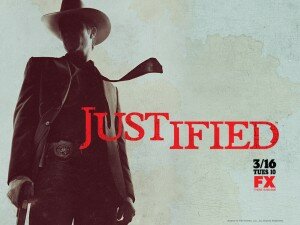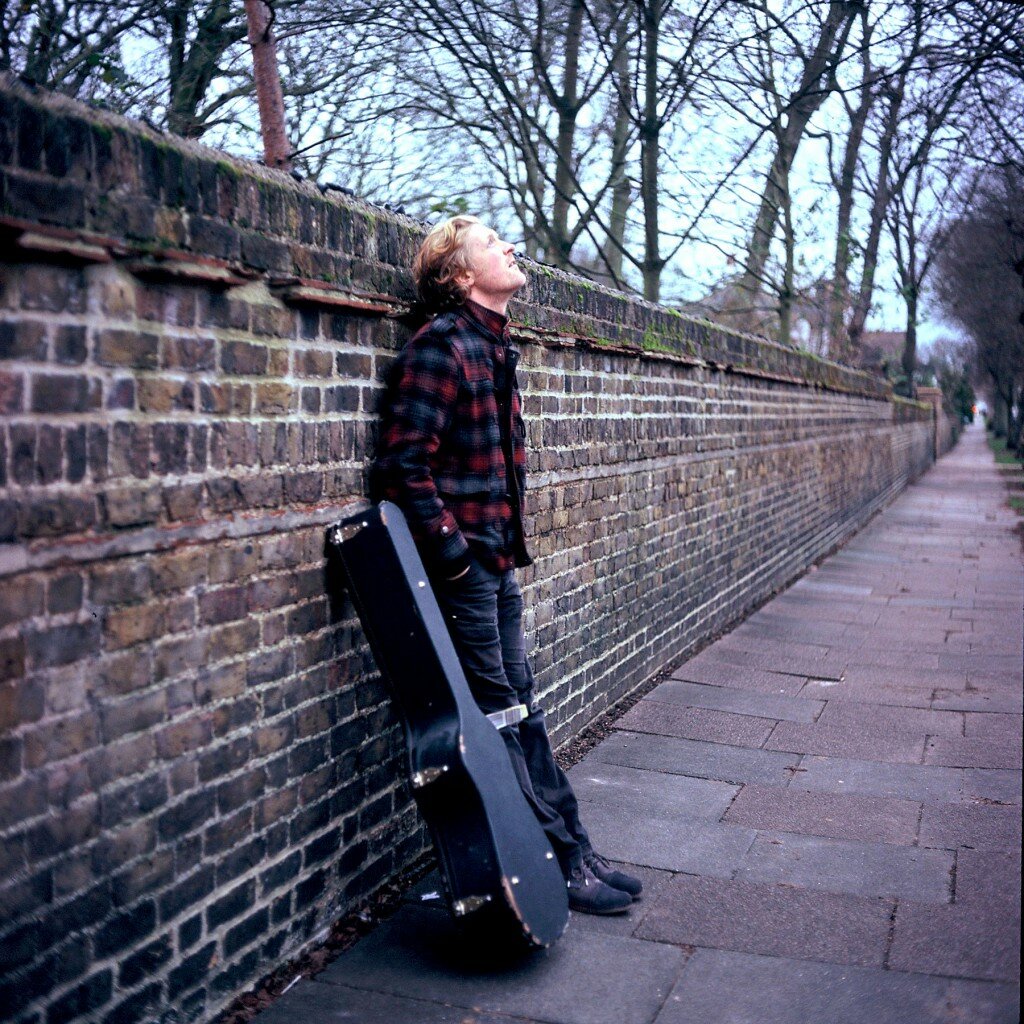In an age when “quality” television is celebrated for its literary qualities, ‘Justified’ takes aim a little lower—at entertainment—and bullseyes its target.

Exiled from a prestigious posting in Miami for killing a criminal in a quick-draw gunfight, U.S. Marshal Raylan Givens (Timothy Olyphant) is transferred back home to Harlan County, Kentucky, forcing an unwelcome reacquaintance with his past, with the greatest discomfort arising from encounters with his ex-wife, Winona (Natalie Zea), his criminally inclined father, Arlo (Raymond J. Barry) and, most significantly, Boyd Crowder (Walton Goggins), a Somerset Maugham-reading troublemaker given to both violence and philosophising.
Raylan is like a movie cowboy in a number of ways. He wears a cowboy hat, regularly finds himself in gunfights and is played by an actor who hasn’t shied away from cowboy parts, including supplying the voice of the very (Eastwoodesque) Spirit of the West in ‘Rango’. Even his friends, enemies and frenemies—in the case of childhood-pal-turned-criminal Boyd Crowder—frequently comment on Raylan’s cowboy traits and trappings, but, like any good cowboy, he does not openly reflect upon his own masculine role-play.
An incapacity for self-reflection has always been an important feature of the movie cowboy, forming part of an overarching reticence that permits only pith of the “A man’s gotta do what a man’s gotta do” flavour. Aside from this trademark lack of self-absorption, however, Raylan talks a little too much to be a movie cowboy. He may be strong, but he is definitely not silent. Granted he preserves a laconic air, but he has an obvious weakness for anecdotes, both delivering and receiving. This isn’t too surprising, really, in light of the fact that the character was created by Elmore Leonard, who writes stories populated by characters who enjoy telling stories. In the world of criminal dim-wittedness Leonard tends to describe, it is important for his heroes to be able to amuse at least themselves as they go against the flow of a kind of general atmospheric stupidity.
